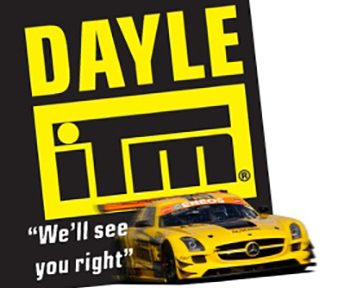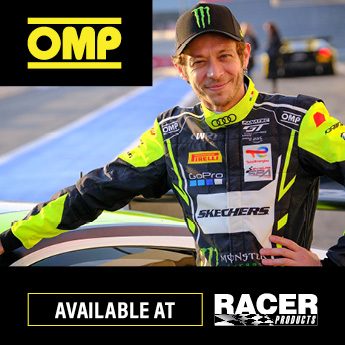Formula 1 drivers, pundits and fans have praised the halo device for preventing a fatal outcome in the nasty fireball crash suffered after Romain Grosjean collided with a barrier on Lap One of the Bahrain Grand Prix.
Grosjean skated into the Armco barrier on the exit of Turn 3 in last night’s race with his Haas splitting in two before erupting into flames.
Remarkably, the French driver escaped from the car with only minor burns to his hands and suspected broken ribs.
F1 car and driver safety is continuously evolving, and new technologies like the halo have only accelerated this progress.
Sporting director Ross Brawn stated after the race on Sky Sports F1 that the halo protection device, which was only mandated in the sport three seasons ago, had no doubt saved Grosjean’s life.
“Because barriers splitting was a classic problem many years ago and normally it resulted in a fatality and there’s absolutely no doubt the halo was the factor that saved the day and saved Romain,” said Brawn.
“All the team behind it just need crediting for forcing it through.
“We have got to do a very deep analysis because there are a number of things that shouldn’t have happened.”

When the halo was first trialed in F1, it received plenty of objection from critics who argued that it ruined the aesthetics of the car and diminished part of the heroic awe that F1 drivers are supposed to embody.
But Brawn believes the outcome of Grosjean’s crash justifies why the sport took on the halo.
“If you recall, there was quite a lot of controversy at the time about introducing it, and I don’t think anyone now, especially after today, can doubt the validity of that and the value of it.
“So, hats off to everyone involved because it was a life-saver today.”
Last night’s crash was not the first, nor will it be the last, testament to the importance of the halo device.
Former Renault driver Nico Hulkenberg was flipped upside down in the 2018 Abu Dhabi Grand Prix. Landing on the top of the barrier, Hulkenberg was able to extract himself safely. At the same time, marshals tended to the engine fire which burst upon impact.
Earlier that year also saw Fernando Alonso ran over the top of Charles Leclerc’s Sauber on the opening tour of the Belgium Grand Prix.
Scratched paint on the halo from Alonso’s errant McLaren wheel suggested Leclerc’s head would have been collected if not for the intervention of the device.

Speaking from his hospital bed after the crash, Grosjean praised the level of safety in the sport while acknowledging the halo as the “greatest thing” ever seen in F1.
“I wasn’t for the halo some years ago, but I think it’s the greatest thing we’ve brought to Formula 1 and without it I wouldn’t be able to speak to you today,” he said.
F1 medical delegate Dr Ian Roberts depicted the scene of the crash as they encountered a shaken Grosjean.
“I think I told him to sit down,” said Roberts.
“You could see he was very shaky and his visor was completely opaque and melted.
“I managed to get his helmet off just to check that everything else was OK.
“He had got some pain in his foot and on his hands, so from that point we knew it was safe enough to move him round into the [medical] car, just a little bit more protection, get some gel onto his burns and get him in the ambulance and off to the medical centre.”
Main Image: Autosport















